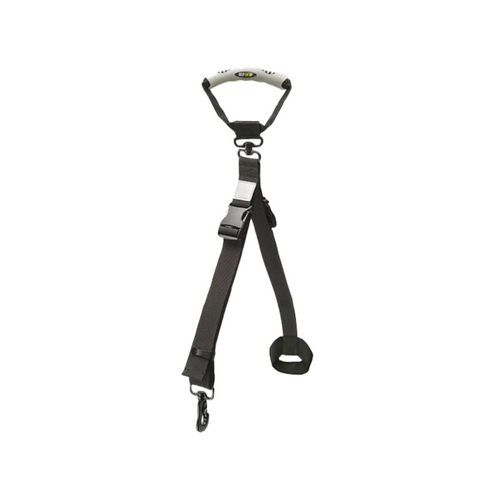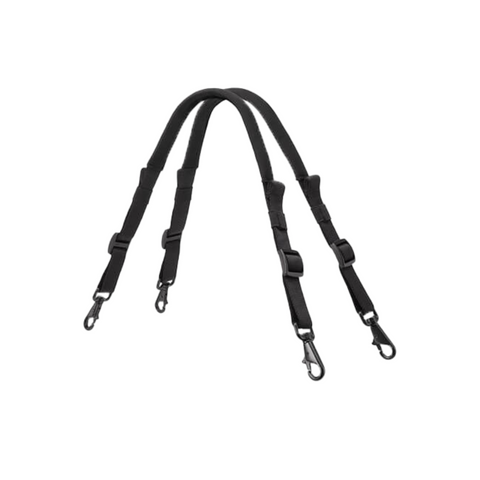Is your dog recovering from an illness, surgery or an injury? It can be an anxious time for pet parents as we feel sorry for our dogs. The veterinarian will give you a list of instructions but it can be difficult to process the overload of information at this stressful time. From knowing what exercise your dog can handle to possible complications, the details can make the difference between a speedy recovery and lingering side effects.
Rest and Sleep
As your senior dog is recovering, he may sleep more than usual and be groggy. This will help your dog to conserve energy, mend tissues and prevent further strain on the body. It’s important that you create a quiet environment, devoid of loud children, visitors, or other pets that can create confusion. You may need to keep your dog in a separate room or in a crate, so he doesn’t get anxious and bite other children or dogs. If your dog is bored and restless, try and give him a toy such as the KONG stuffed with peanut butter or treats to keep him busy. If your dog is prone to running upstairs, plan ahead with stair gates or a dog pen. Think about playing some calm music to help him relax.
Your dog may initially have a hard time with balancing, particularly if he was put under anesthesia. Keep him as close to the floor as possible even though you may be tempted to put him in bed with you.
Wounds
Bandages, splints, casts or other dressings may be necessary to stabilize a healing fracture and protect the wound from infection. If your dog has a wound, your vet should give you instructions on cleaning and dressing. Your vet may tell you to wash the wound with betadine or salt water, provide antibiotic cream, or close the wound with glue rather than stitches or sutures. Your main job is to check the wound to make sure it is healing properly and not getting infected.
One of the larger challenges may be to prevent your dog and his friends from licking the wound. It is a myth that dog saliva has healing properties. Hence the “cone” collar shown above. Inflatable E-Collars work well. The e- or soft cone collar might be needed for up to two weeks after the surgery while your dog is recovering. If your dog continuously licks or attempts to remove his dressing, try and distract him with a toy or treat, or consider a taste deterrent such as Grannick’s Bitter Apple.
Your vet may tell you not to bathe your dog for a couple of weeks. If it’s wet outside, don’t let your dog splash in the puddles and if it’s raining, you might want to cover the wound with plastic. .
Water
Although your dog may not know he’s thirsty, he may need more liquids than normal. Unless the dog has been on intravenous fluids during his procedure, he will be thirsty. Don’t let him chug the water or this could cause vomiting. While your dog is drinking don’t leave him alone – believe it or not he may be groggy, droop his head, and potentially drown! Some medications may require they be taken with food – some dogs may eat and others may take 24 hours or longer. If you do offer food, offer something bland like boiled chicken, rice, pasta or hamburger meat, not treats, and give only a small amount.
Certain Signs to Call the Vet
- Excessive seepage from the wound
- Whining, crying, howling or an inability to settle
- Collapsed or unresponsive
- Excessive vomiting or diarrhea
- Wound is swollen or hot
Getting Back to a Normal Routine
Once you get the green flag from your vet, it is time to give your dog the confidence that he can return to his normal routine. Walking (short trips) may be a great way for you and your dog to reconnect. Twice daily outings, maybe to his favorite place, will have him feeling better in no time.
We all want our dogs to be well as soon as possible. Some dogs will take longer than others depending on their tolerance of pain and their age. Just like humans, as dogs age it may be harder to recover. Have patience and know your dog needs some extra TLC
Here’s to a healthy dog!



